United Airlines made a fascinating shift in its third quarter earnings call on Thursday morning. They announced that their big growth in revenue over the next five years is going to come from their MileagePlus loyalty program, which they have big plans for. And they admitted to two major shifts in how they’ve thought about generating profit in the airline industry.
- CEO Scott Kirby admits to past mistakes in how he thought about what customers wanted. It used to be just schedule and price, and he’s made a real break from that past thinking as passengers themselves increasingly want better products.
- Kirby also used to talk about airline revenue historically tracking GDP, so betting that airfares would risk dramatically as this relationship reverted to trend. Now they see a diversity of products attracting different revenue.
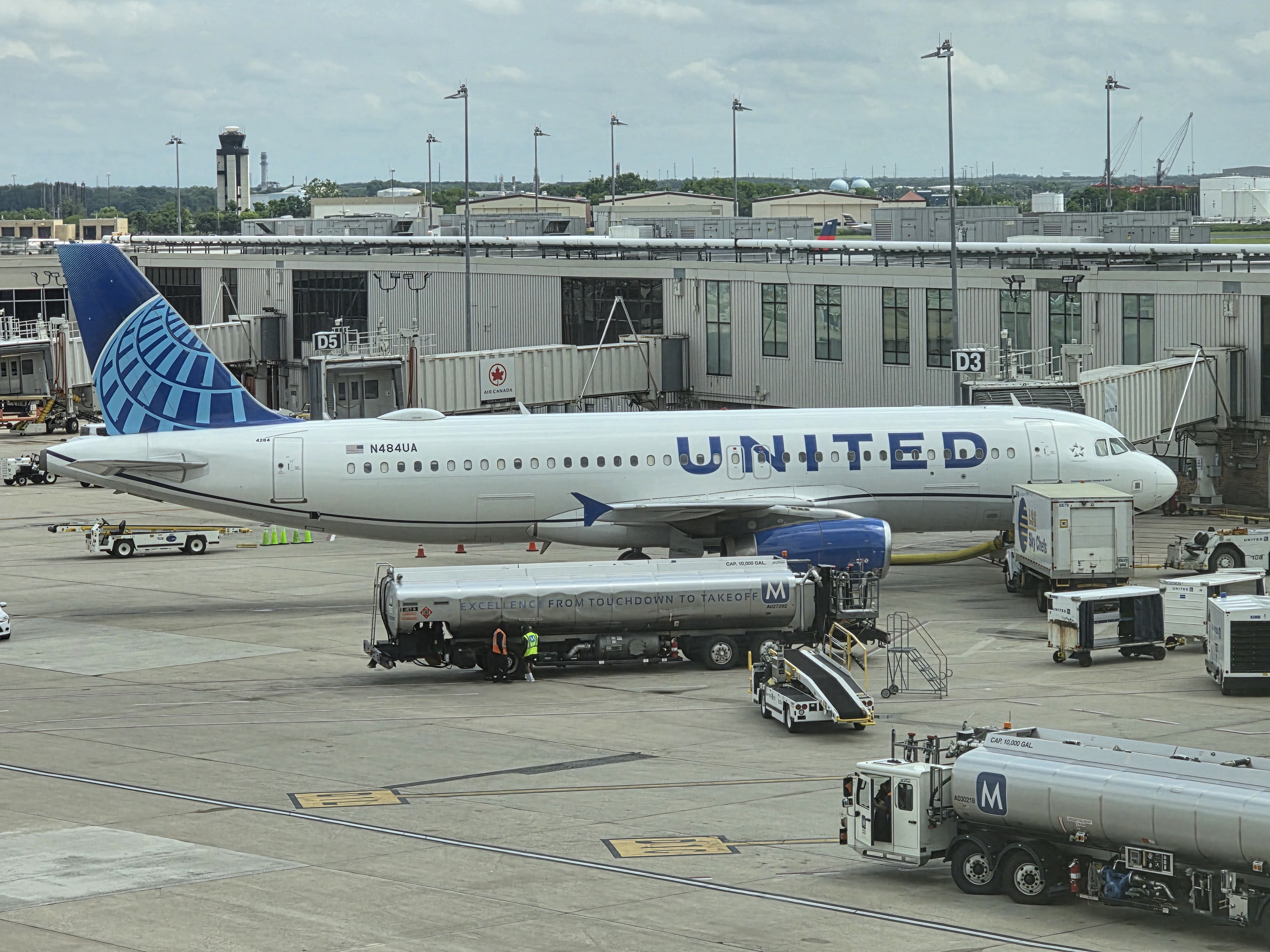
United no longer sees itself as a commodity airline. It no longer believes that selling schedule and price is how to win customers and market share. (Although relevance to customers with schedule and price is necessary in order to do this.) And it no longer sees revenue growth as ‘automatic’ but as the result of actually attracting customers.
This pivot is something they want to sell to Wall Street. Kirby observed that commodity businesses trade at low multiples. They no longer wish to be seen as a commodity business. However, stock price isn’t fundamentally tied to commoditization – commodity businesses tend not to be high margin or high growth.
High share price multiples come from expected profits growth. A business that will earn much more in the future is going to be priced higher relative to current earnings than one whose earnings are merely consistent, because current stock price is roughly equal to the discounted present value of the future earnings.
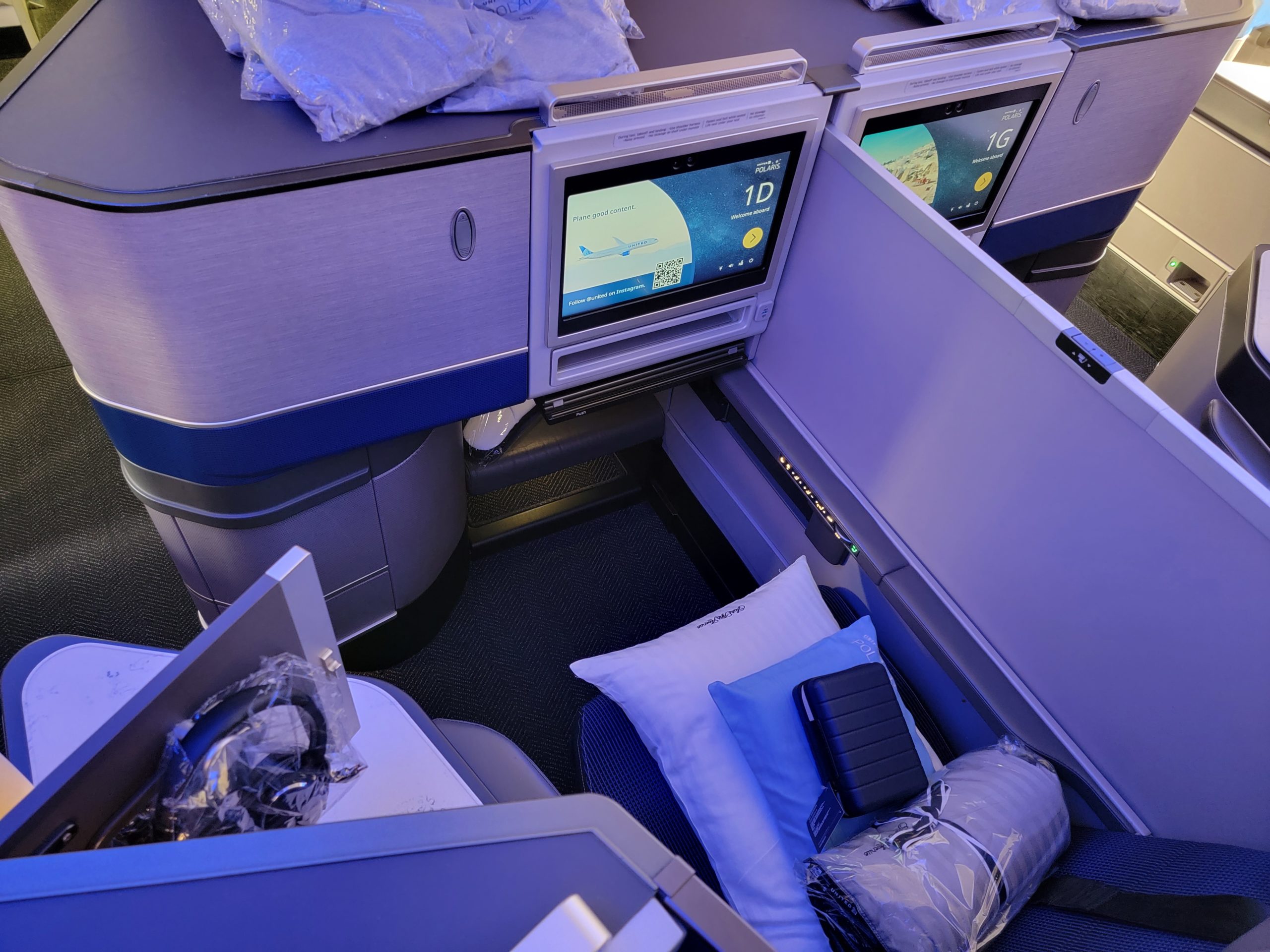
So the question is, how much earnings growth is possible from United?
- How many more credit card customers can they sign up?
- How much more higher margin premium and ancillary revenue can they drive?
- And how much risk is in this – how cyclical is the business? Will credit card interchange be regulated or competed down?
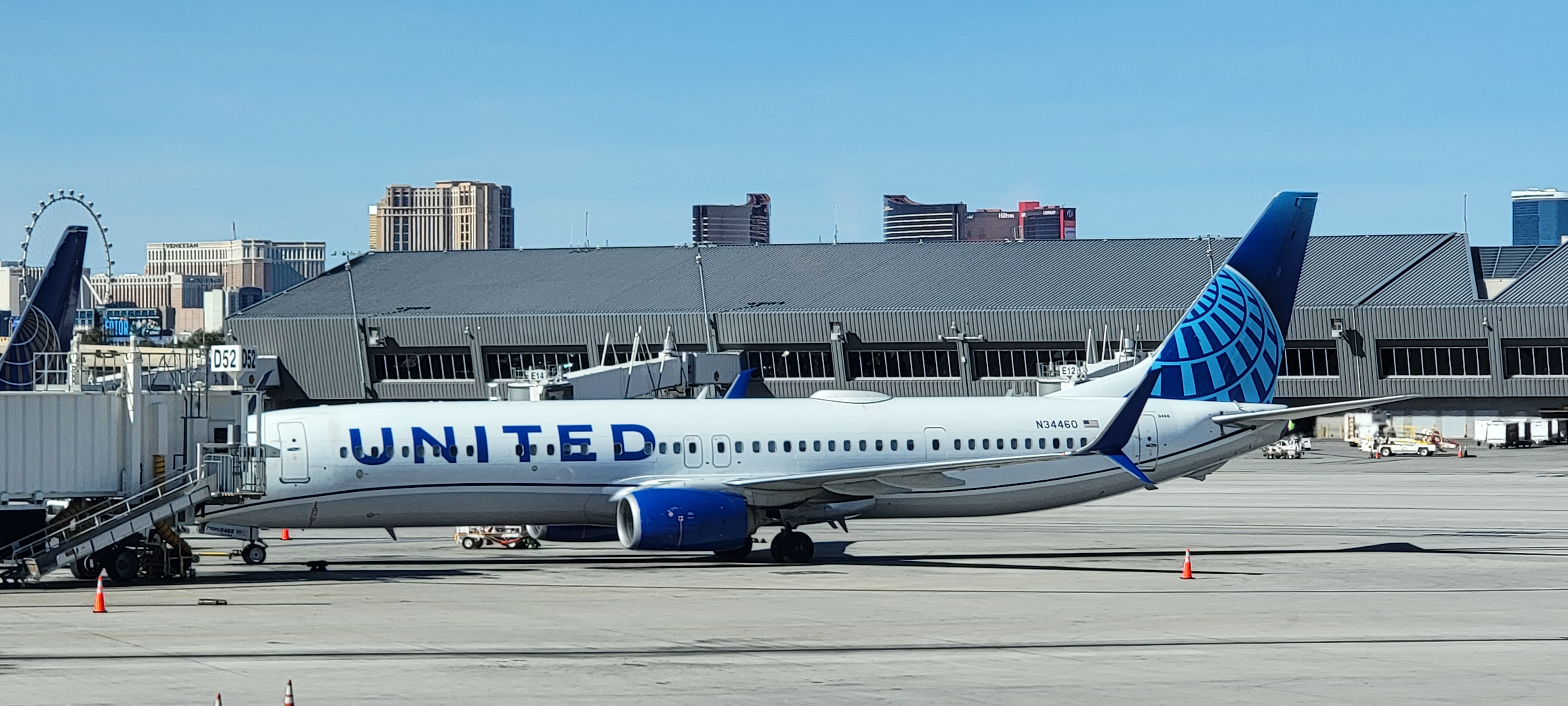
This is similar to the point Delta used to make for many years that they should be valued as a ‘high quality industrial’ and former American Airlines CEO Doug Parker’s contention that investors needed to take a ‘leap of faith’ that this time would be different in the airline and therefore value the stock more richly (since then AAL saw $30 billion wiped from its market cap).
Later in the discusion, though, Kirby suggests they have “some really big ideas on the loyalty program” that he wouldn’t reveal, but that he thinks can “double the EBITDA by the end of the decade” saying that there’s “a lot of runway there.” I’m curious to see what this is, that’s an incredibly aggressive target – 14.87% annual growth is required to double in 5 years.
Airlines are still a capital-intensive, heavily unionized business that may have peaked in terms of real cobrand revenue growth rates… the easy card acquisition has occurred with likely less valuable and less interested prospects left and the cards themselves are less and less valuable in terms of earn and burn (both in absolute terms and relative to premium bank cards, including from United’s issuing partner Chase).
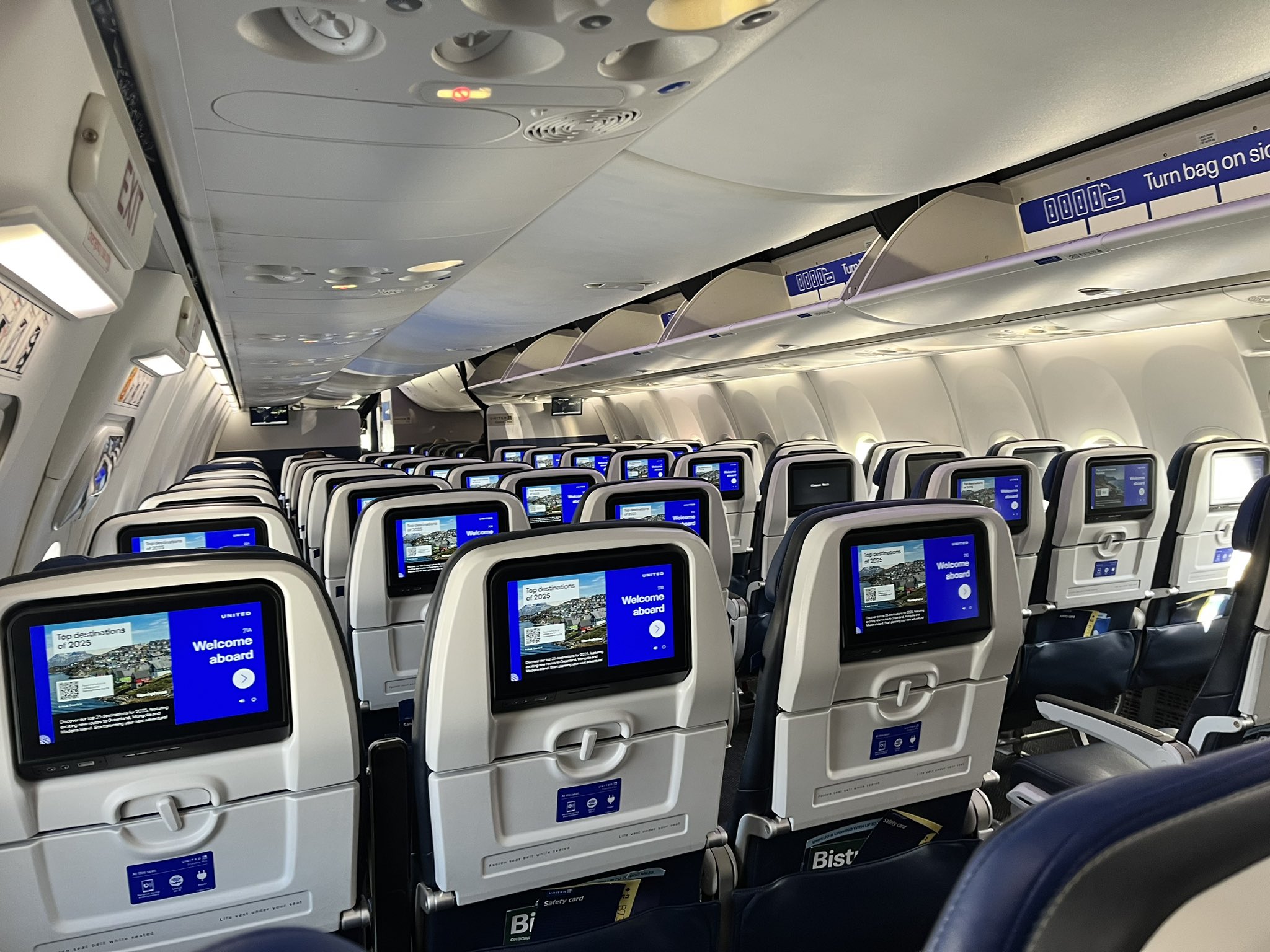
Although given this it does not surprise me that United has shifted to really only offer premium cabin long haul business class awards to their elite and credit card customers, not to general members without the card and not to partners – even their joint venture partners like Air Canada.
They added that they’re going to drive revenue growth from the program by explaining the distinction between the value of their program and competitors in a way they haven’t before, which is strange since the value of MileagePlus has been declining over the past five years fairly consistently. Although perhaps they see a path to improve it for credit card customers (only).
United declined to discuss renegotiations on its credit card deal, saying they wouldn’t talk about its term which is confidential – strange, because they renegotiated right before the pandemic, extending their deal through 2029. At the time, United and Chase had a deal that ran for 5 more years – through 2025 – but leveraged Chase into paying more.
The card business, by the way, is going to be a key behind the black box claim United makes that “all 7 hubs” were profitable during the last quarter. They can distribute credit card revenue to flights and hubs in a variety of ways – spreading it out evenly across seats, sor allocating revenue based on where cardmembers live (which hubs) or which flights they actually take. Given the billions of dollars at issue here, and that the airline was profitable overall, they can choose revenue allocations to make the claim true.
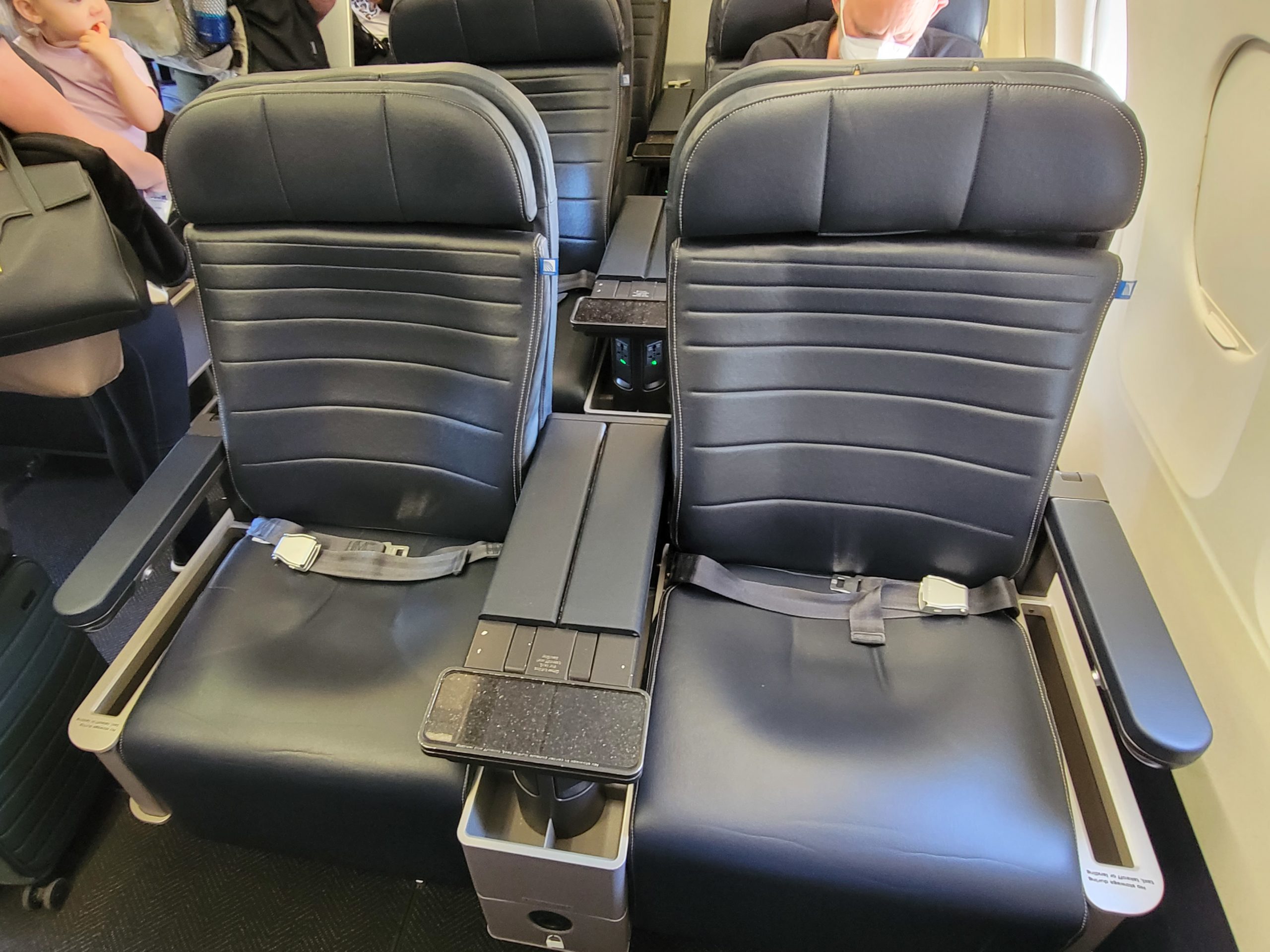
Here’s what we know about how higher revenue may come from MileagePlus:
- Their ‘by the end of the decade’ time horizon gives them an opportunity to at least announce a new card deal that they can bet will drive revenue, include one-time cash from a signing bonus, and the deal is probably a better one than they have today as long as credit card interchange remains at current levels. Today’s deal isn’t as good as Delta’s or American’s – Kirby shared as much before the 2020 renegotiation, and they didn’t fundamentally change the dynamics when they improved terms right before the pandemic.
- Leaning into messaging. It’s unclear whether they are going to improve MileagePlus substantively. We’ve seen higher award rates and less availability at reasonable prices, and more restrictive routing rules on redemption tickets. But United does have better international partners for award redemption than other U.S. airlines (Star Alliance is larger to Europe and Asia), and Delta’s SkyMiles – and United sees Delta as its primary competitor – is a dumpster fire of low value points.
- Differentiate value in the program for cardmembers, along the lines of actually delivering awards at expected prices for cardmembers (at the expense of non-cardmembers).

That probably doesn’t translate into 15% annualized growth! And that 15% growth must come from new cardmembers and cardmembers spending more, along with better deal terms that won’t materialize until the very end of the 5-year period. While in other contexts United builds negative shocks into their forecasts, it seems like there’s more missing from this plan to be credible and also that everything will have to break in their favor to hit these sorts of numbers.


Forcing people to get united branded cards is a huge part of this
At 150 bucks a card it’s probably close to a billion in profit per 6.5m new card members. They only made like 3 billion last year.
It’s not hard to imagine the math behind this as pretty much every mp member who wants a premium redemption needs this card now.
Quick question: If they don’t (keep their promise), are there any consequences? Oh, there aren’t? It’s all ‘puffery’? Got it. Then, they should have said they’d ‘triple’ it!
Kirby makes so many ridiculously hyperbolic statements that you pretty much can’t believe anything he says.
@Gary – Don’t forget Chase’s recent moves to ensure they don’t reward customers “too much.” New cardmember bonus language restricting SUB’s to “once in a lifetime” is likely to hurt card signups, exactly the opposite of what UA needs.
I’m interested in what the plans are, but similarly skeptical that they’ll either be as strong for airline growth as claimed or as good for customers.
I do support the change in belief that passengers are more than happy to be treated like chickens caged on a chicken truck for a dirt cheap fare. Sure, those kinds of passengers are still there but some passengers are willing to pay for a better experience. Granted determining what that experience is and how to deliver it profitability is a challenge. In the late 1990s AA assumed people would pay an airline more if said airline had more room through coach. See how that worked out.
On the other hand, I’m not sure how long the credit card bonanza is going to continue. Sure, the top 10% has never done better and AI might be a boom to most of them. But the people that run the cash register at your grocery store, deliver your Amazon packages, or answer your customer service calls not sure how many more credit cards they can/will sign up for.
Kirby and co. is desperately trying to hang a carrot out there for better revenue down the road since they, quite frankly, blew it in this quarter – building on the 2nd quarter’s miss – by adding way too much capacity ALL AROUND THE WORLD.
There is nothing that UA can do with a credit card partner that AA and DL – and WN for that matter – can’t also do.
Amex simply has higher interchange fees which gives it a greater ability to share revenue w/ DL. Amex cardholders tend to be higher net worth and spend. DL has just proven again that it delivers higher revenue passengers to Amex than UA or any other airline.
UA has claimed for years that it knows what it is doing w/ revenue – and they made lots of positive steps.
But their high growth strategy doesn’t work near as well as DL’s more measured growth strategy focused on more premium passengers.
DL isn’t interested in sending MAXs to continental Europe or beyond NRT precisely because there is nothing premium about a domestic configured narrowbody on an international route.
UA has bragged about increasing its share of basic economy passengers to squeeze lower cost carriers; they don’t bring anything more to UA in terms of card or loyalty program value than they do to LCCs/ULCCs.
UA execs will promise anything down the road to avoid admitting their high growth, share focused strategy cannot compete w/ DL – who UA has repeatedly said is in UA’s league and vice versa.
And yet, UA’s net income YTD trails DL’s by over $1 billion or rather UA’s YTD net income is just 60% of DL’s.
“And how much risk is in this – how cyclical is the business? Will credit card interchange be regulated or competed down?”
For the past couple of years I have watched credit card acquisition costs go up, while offering the recipients.
At the same time no one gave a rip about escalating merchant fees. The truth is more and more merchants cannot afford the escalation in costs without reacting. Some raise the costs to their customers to cover lower margins. Some have refused to accept credit cards or just accept debit cards.
The bottom line is that something must give. That’s one reason these credit plans are against the law in th EU. For another, most people only use either debit cards or cards that must be paid full each cycle. No minimum payments allowed. Most Europeans want no part of traditional credit cards.
So when will things change in the Tates?
I don’t understand how United expects to increase credit card membership while boosting the annual fee 50% and taking away the ability to gift their United Club passes to family members.
The value is just not there in either the credit cards or in Mileage Plus award redemptions. Coach award to Europe are no longer the best. AA has UA beat there. The only bright spot is last-minute domestic coach awards. And the rare international business class saver space.
Southwest is even more delusional, with its attempt to sell seats with no free bags and 6-month funds expiration at the same price that they sold seats with 2 bags and no funds expiration.
How does any of this make sense in the real world?
@TD – Yeah except you kinda fail at your own point. Amex has higher interchange fees but it sucks literally anywhere outside the US and half the vendors in Europe or Asia don’t even accept it. So UA is trying to drive travel spend – most people have multiple cards anyway and we hope you’ll spend on our cards when you’re overseas. This is where Delta falls down, they take the premium pax overseas and then when they are purchasing the expensive hotel nights in Sardinia they have to pay on a Visa.
I do agree that some of UA’s choices are not aligned with a strategy to get credit card customers (which Delta is doing a great job of) – I think United’s game here is that they want to catch money on the table when Spirit collapses – which Delta will capture the least of? But yes its a bit disjointed of a strategy, trying to play both sides of the coin. “We capture brand loyal customers but also the bottom of the market?” I mean if it works, it will be great and they’ll probably beat Delta, if it doesn’t work they’ll probably capture some of each and sit in a steady second place to Delta.
Also once you take away Delta’s refinery income (because if you don’t its not comparing the like-for-like airline businesses – you might as well compare the earnings of Berkshire Hathaway to Progressive and say they are both insurance companies using your logic – Delta is a conglomerate, United is a pure play), their actual profit is not too different – Delta is still ahead but not by much. And every time you compare the two as like for like you show your ignorance of the two businesses.
Scott Kirby made almost 34 million in compensation in 2024.
By claiming and possibly earning his targeted goal for a year or two…He can easily make even more.
By the time investors figure out that it’s not sustainable and fire him…He’ll be north of $100 million.
It’s called the CEO two step, and it’s a very old story.
All the points will fail one day, and at the devaluation rate…sooner than later.
Andy,
you should actually read the financial statements before making your bold proclamations.
DL does pull out the refinery operations and DL and UA’s total revenue is almost identical with UA VERY SLIGHTLY ahead – far short of what UA should be reporting given that they fly 10% more ASMs.
The refinery is operating at breakeven right now. DL’s fuel expense per gallon was 17 cents/gallon less than UA’s – probably partly a result of the product part of exchanging refined non-jet fuel products for jet fuel elsewhere and the higher fuel expense in California.
The refinery still lowers DL’s fuel costs but it otherwise has minimal impact to DL’s finances.
UA’s profit is about $1 billion less for the YTD and it has all to do with airline and related operations – not the refinery.
and AA and DL have more overlap with NK than UA does; because of NK’s large operation at DTW and LGA to Florida, DL has the most overlap.
UA has the most overlap with F9.
UA’s strategy of dumping capacity is depressing its own revenue; you can argue and deflect but I have said for years that UA could not increase capacity in its own hubs faster than the industry w/o negatively impacting UA’s own results. This report follows Q2 which demonstrates what I said would happen is happening.
There is just no way you can spin it any other way
United needs to find a way to not just serve their hubs. They’ll never grow the way they could imo without either adding a couple more or allowing some outpost to outpost flights.
Knowing that if you don’t live near SFO, LAX, DEN, IAH, ORD, IAD, or EWR you need to connect, is a deal breaker for many, who will then not get your credit card and will not fly your airline.
I’m a United Loyalist, but I give up large swaths of my life connecting through SFO and LAX to get from Sacramento to Vegas or San Diego when I could be flying Southwest or Delta directly. Eventually I’m going to have to give up.
@Dan — That’s far less a United-issue, and far-more a where-you-are-based choice. Feel free to relocate to NYC, where you can choose from 3-6 nearby major airports, nearly all airlines, ample competition, relatively high-quality of service, and the world will be your oyster, dear friend. However, if you must remain in ‘towns’ like Grand Junction, Colorado, or Ashville, North Carolina, or Milwaukee, Wisconsin, then, pal, expect to connect often in a CRJ or E170 through Denver, Dulles, or Chicago. You do you.
@ Gary — It is so easy to make these targets via serial devaluatons of mileage balances (ie, theft).
All a great idea until you try to redeem. For many Business Class trips to Europe, you would heed 1 million points for two round-trip tickets. I still play the game – I’ve played it for decades. It’s just not fun anymore. And the more cards they sell, the more they will inflate the redemptions.
“United has shifted to really only offer premium cabin long haul business class awards to their elite and credit card customers, not to general members without the card”
Can you explain this? I’ve been using united a lot but at fairly high mileage rates, not saver. How would availability change if I had a United card?
@TD You clearly didn’t read the financial statements – they split refinery sales, not refinery profits, at $1.4B in refinery sales in the quarter that is likely worth about $120-150M in net income (using some proxy margins I have in my model – so for sure this could be wrong). But the oil refinery makes money through oil price volatility and it has been decent this year with the tariffs etc.
And yes, Passenger revenue from United is not 10% more despite them flying 10% more ASMs, you are correct in your observation Timmy! Thats due to their lower yield but also stage length adjustments. Delta doesn’t publish stage lengths but United does and it definitely has a higher stage length than Delta, which I believe accounts for about 3-4% of this difference. But the reality is these are 2 different businesses with different strategies trying to maximize profits. If they compete in the same way that might actually reduce overall profits (prisoner’s dilemma) so criticizing UA for doing something different to DL just doesn’t make much sense unless you actually think that UA should be doing something different – which is fine, but just state that. United has 24% less equity in the business than Delta, so on an ROE basis they are really not that far apart despite their competing business models.
One interesting thing to have a look at is advanced ticket sales for United this has grown about 10% YoY. For Delta its declined about 2% YoY. So while Delta had a strong quarter, its forward demand is looking nowhere near as strong as United’s. In fact United’s forward bookings sits now 14% above Delta’s, (this is the largest gap I’ve seen for a while now).
Also Timmy, where was that 787 order you were so certain was going to be announced last weekend? You didn’t shut up about it a while ago and now you haven’t said anything about how what we all told you wouldn’t happen then didn’t happen.
“using some proxy margins I have in my model”
there is the problem right there. none of us, me included, don’t get to create our own financial statements.
RASM and CASM can both be adjusted and should be to compare different airlines. If UA doesn’t get proportionately more PROFIT per ASM than a competitor, then their strategy is wrong.
UA’s profits YTD are $1 billion less than DL’s despite flying 10% more capacity. You can put those 2 numbers in your little shake and bake number machine but I can tell you that there is no scenario that says that UA is running a better business than DL – and Wall Street didn’t like what it heard from UA today.
There will be a widebody order; Saturday was just one of several dates on which it could have been announced.
Good article Gary. This statement caught my attention – “some really big ideas on the loyalty program”. Yeah, they need some really big ideas that actually reward loyalty. I’m a lifetime Global Services United customer. Upgrades are important to me, but have degraded steadily to where I only get upgraded on ~20% of the routes I fly. That’s not rewarding loyalty.
@Steven S, says “All a great idea until you try to redeem. For many Business Class trips to Europe, you would heed 1 million points for two round-trip tickets.” I 100% agree. It used to be so easy to get value for loyalty, but it’s now so much fruitless work it makes me tired thinking of how to book a nice vacation for my family.
@Sue says “United has shifted to really only offer premium cabin long haul business class awards to their elite and credit card customers, not to general members without the card”. To which I reply as a lifetime GS member that the award availability even to elites is abysmal. It is no longer worth aspiring to.
I can only hope United is listening because loyalty is a 2-way street.
Ron
@Sue: United has lower redemption rates for cardholders.
United is the last of the Big 3 that still determines elite status mostly by flying. Spending on United cards does little to affect elite status and gets you less miles than spending on a non-United Chase card. On Delta, you almost HAVE to have significant credit card spend to keep elite status. Booking through the United travel portal also gets you nearly no mileage program rewards. On AA, you can make exec platinum with just hotel bookings in their travel portal.
United is about to pivot to requiring credit card and travel portal spend to getting top tier elite status for all but their most valuable flyers.
Like Delta United has an overblown ego with sky high pricing thinking its a premium carrier
Thank God I left them both many years ago when they thought TED was a brilliant way to recreate the airline
.Only 50k in miles to fly EWR to DTw in coach lol.Flying business class for that coming back form Europe in the weeks ahead avoiding their 200 to 300 k one way biz awards.Many of their cabins in Premium are flying half empty or worse this month when I took a look to see how may seats were sold
Mediocre at best good luck to them
Its a rare day when I am flying United but have
@1990 – I agree with @Dan and think you’re taking his comment wrong. He’s not complaining about living in a secondary city, he’s just saying that the allure of flying United if you don’t live in a hub is more limited. I think that’s a valid assertion, particularly from someone who walks the walk by going out of his way to fly United over the competition. I do the same with AA at times, changing planes in DFW to get to IAH.
United does need to add hubs or focus cities if they want to get more market share. A hub in RDU or TPA or somewhere similar in the Southeast would be a good start. Right now if you want to fly United from MIA to SAV or GNV you have to go through Dulles. That’s a high price for being loyal.